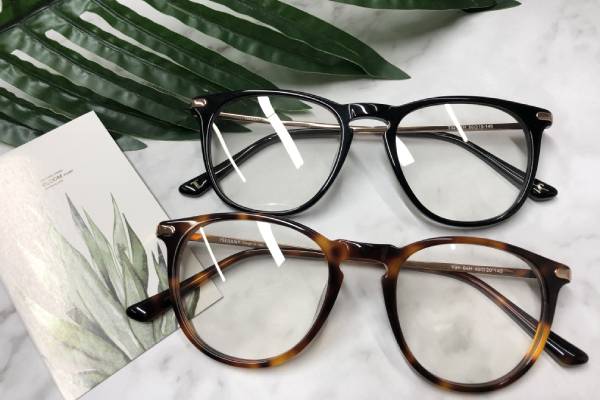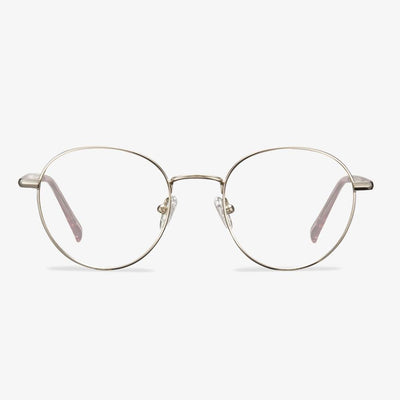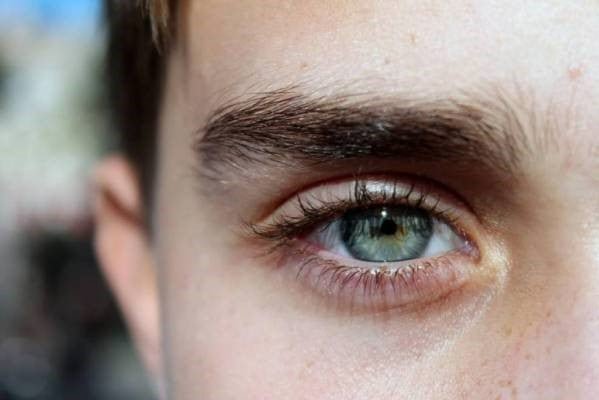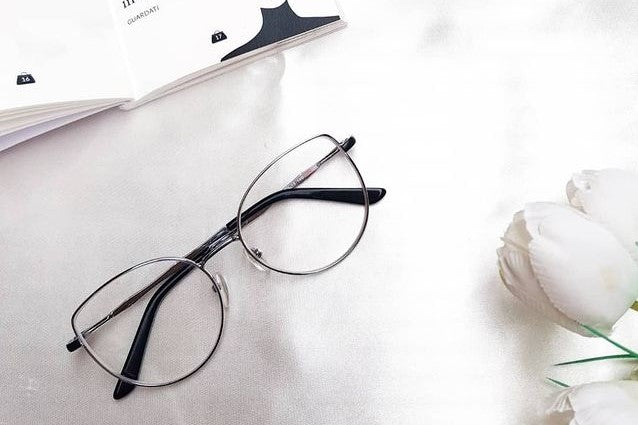How Are Glasses Made?
In this section, we will show you how glasses are made. Here are a few steps.
- Eyeglasses lenses are first made by an optician reviewing your prescription and taking a lens bank that closest matches your prescription.
- The optician puts the lens bank into a grinding machine and grinds it into a shape that matches your prescription even closer.
- Then the glasses lenses are edged and cut into a shape that fits the frame you chose.
- Last, put the cut lenses into a solution so as to protect them from scratches, then give them a tint and more.
After all steps are finished, the glasses are made successfully.
Why Do My Glasses Give Me a Headache?
Why do my glasses give me a headache? There are a lot of reasons for new glasses headaches. So, in this section, we will list some of them.
Muscle strain: each eye contains six muscles. Since your eyes learn how to view the world through a new prescription, these muscles have to work harder do differently than they did before. So, this action may cause muscle strain within the eye and a headache. If you are wearing glasses for the first time or if your prescription has changed significantly, you may be prone to this effect.
Multiple lens power: if you have changed to a multiple lens power of glasses like bifocal glasses, varifocal glasses, it may be difficult to adapt in a short time. So, this change will lead to some problems such as headaches.
Poorly fitted frames: as for the issue of new glasses headaches, if you glasses fit too snugly across your nose or cause pressure behind your ears, you may get a headache. So, when purchasing a new pair of glasses, selecting a fitted one is important.
Wrong prescription: why do my glasses give me a headache? It can be caused by the wrong prescription. If your eyeglasses prescription is too weak or too strong, your eyes will become strained causing headaches. So, if you still suffer from headaches after wearing the new glasses for a few days, contact your eye doctor and check the prescription again.
Can night driving glasses prevent blue light?
Night driving glasses are called night vision goggles. Some night-driving glasses have anti-reflective coatings. Night driving glasses reduce glare by scattering and filtering blue light. Blue light is the shortest wavelength in the spectrum and is possible to cause glare when it enters the eye. The night driving glasses, available in colors from yellow to amber, filter out a lot of glare, and other light, and then make it difficult to see in dark conditions. But tests and studies have shown that night driving glasses don't improve night vision or help drivers see pedestrians faster than they won’t wear them.
Adolescents and adults with myopia
Teenagers have heavy learning tasks, and excessive eye use is the norm, so pseudomyopia is the majority. And many of them have false and true myopia coexistence. As adolescents grow and hair, the eyeballs are also developing, and the wheelbase may be further lengthened, so myopia will continue to progress and deepen. The use of mydriatics by adolescents can force the ciliary muscles to relax and eliminate pseudomyopia. But after the pupil is dilated, the ciliary muscles will also lose their ability to adjust, changing from 'nearsightedness' to 'hyperopia', which will delay daily learning. And after the efficacy of the drug has passed, if you continue to use your eyes unscientifically, pseudomyopia will still occur. Therefore, the mydriatic agent is only used as an auxiliary method to eliminate false myopia when wearing myopia glasses, not as a treatment method for myopia.
Adult myopia is based on true myopia. In addition, the eyeballs of adults will no longer develop, so the degree of myopia is relatively fixed and rarely changes.
Evolution of hard coating technology
The first generation of the use of hard coating technology began in the early 1970s, the quartz material is deposited on the surface of a resin lens under vacuum conditions, form a very hard anti-wear film. However, due to the mismatch between the thermal expansion coefficient and the film base material, it is easy to delaminate and crack the film. Instead, it forms the mottle on the surface of the lens, and the effect is not optimal.
The second generation of hard coating technology is the use of the 1980s. The surface of the resin sheet is coated with a material with high hardness and not easy to be brittle and cracked by an immersion process. At this time, anti-reflection coating lenses had appeared and gained the recognition of consumers, but the mismatch between adding hard coating and anti-reflection coating still caused serious lens wear.
The third generation of hard coating technology was developed in the 1990s, mainly in order to solve the problem of wear resistance after coating resin lenses with an anti-reflection film. The hardened material evolved into a polymer organic matrix material.
Fourth-generation coating technology is dominated by silicon atoms, in which the hardened solution contains both organic substrates. It contains inorganic ultrafine particles, including silicon elements, which make the hard coating not only tough but also hard.
Application of titanium alloy
Titanium alloy is mainly used in aircraft engine compressor parts, followed by rocket, missile, and high-speed aircraft structural parts.By the mid-1960s, titanium and its alloys were already in common industrial use, making electrodes for industrial electrolysis, condensers for power stations, heaters for petroleum refining and seawater desalination, and pollution control devices.Titanium and its alloys have become a kind of corrosion-resistant structural material.In addition, it is used to produce hydrogen storage materials and shape memory alloys.
The price of new lenses
The price of the new lenses depends on several factors, including if you have vision insurance. Another aspect to think about is that if your lenses need an anti-glare solution. If so, the lenses may be much more expensive. If you need eye exams and special lenses, the cost can be quite high. Scratched lenses are easier to repair. If you want your scratched lenses repaired by a professional, most opticians can pay very little.


































